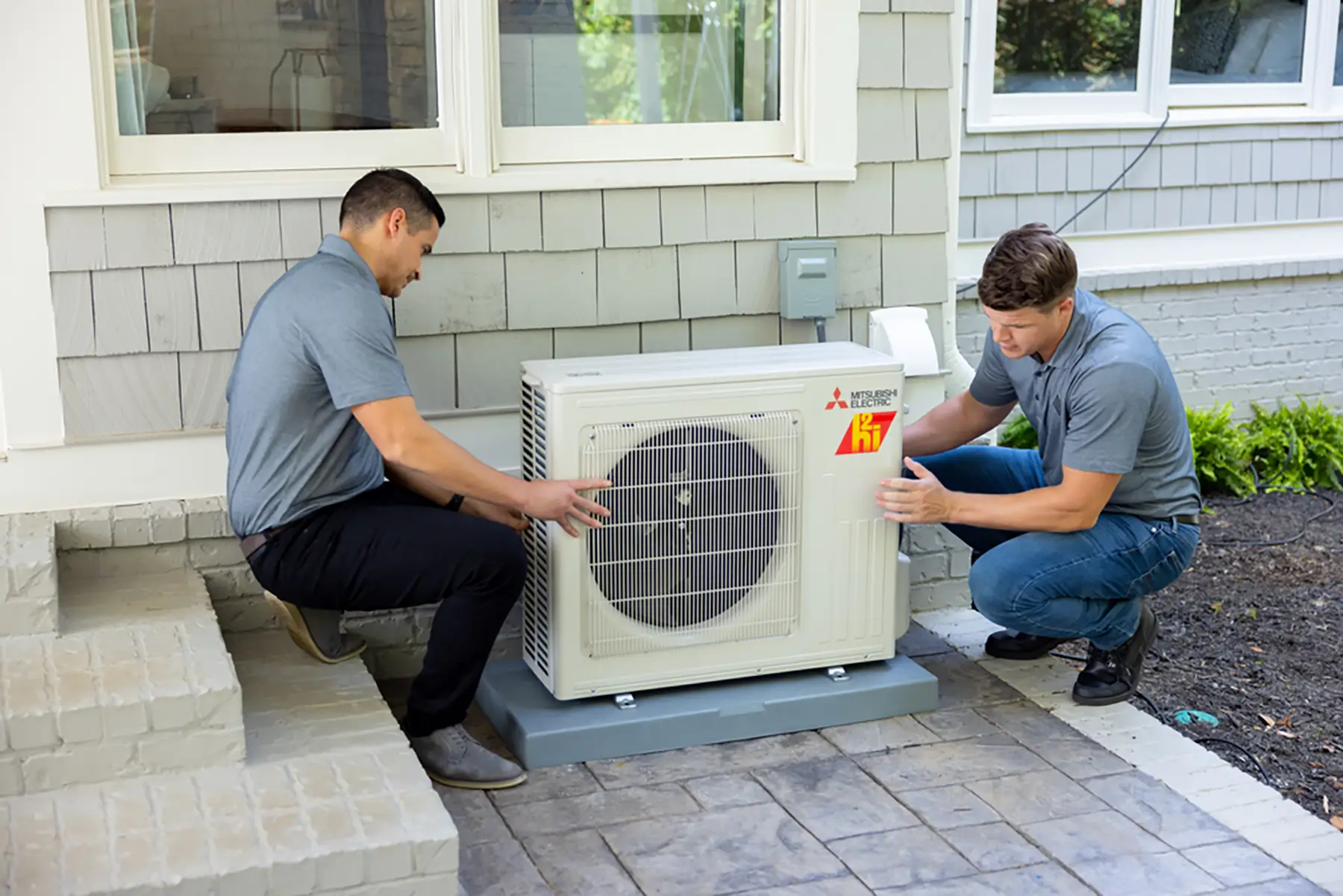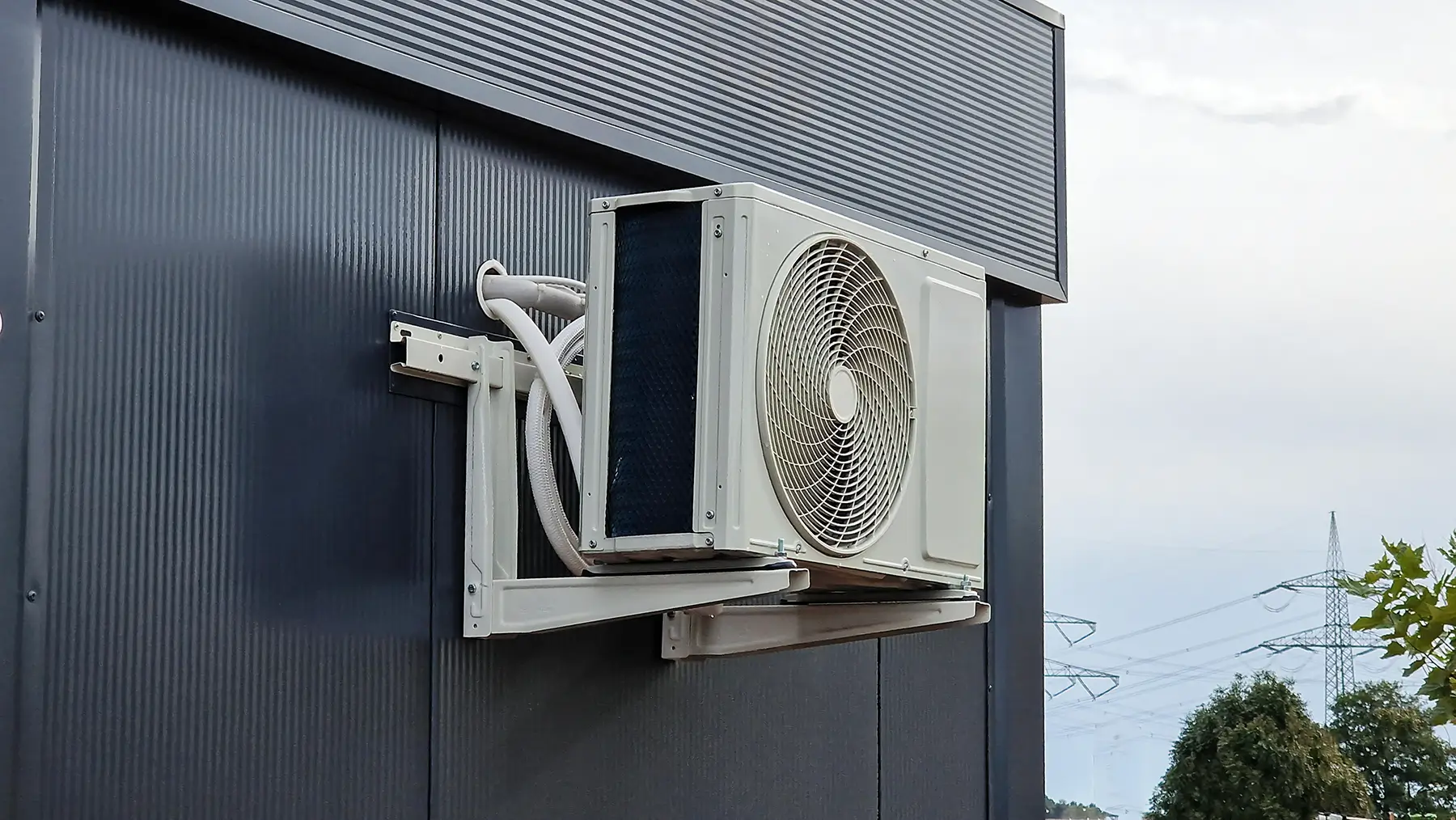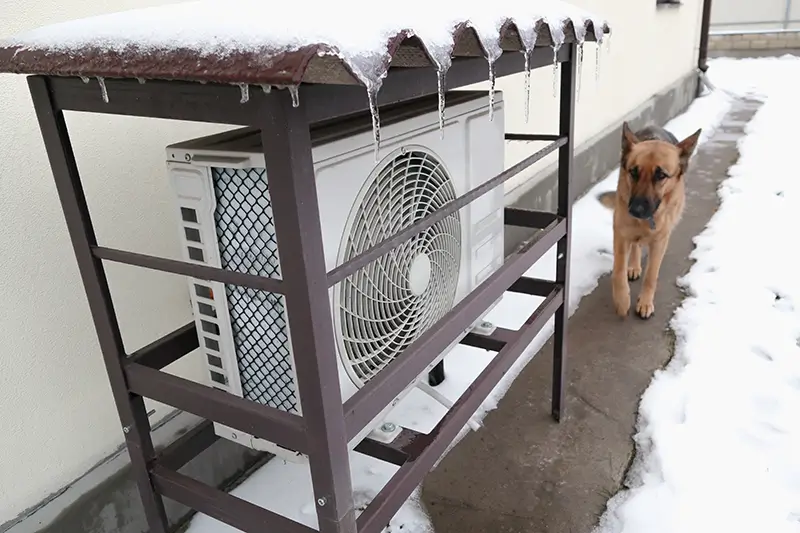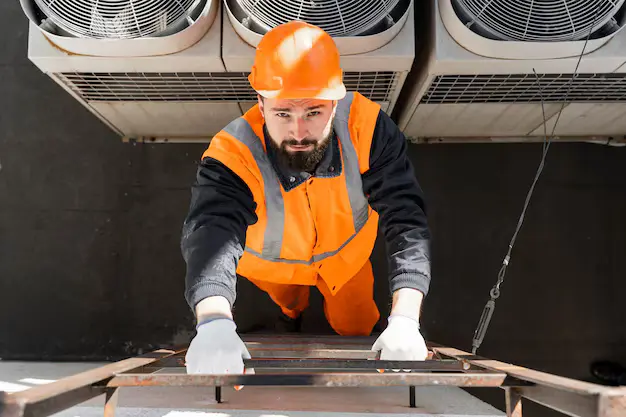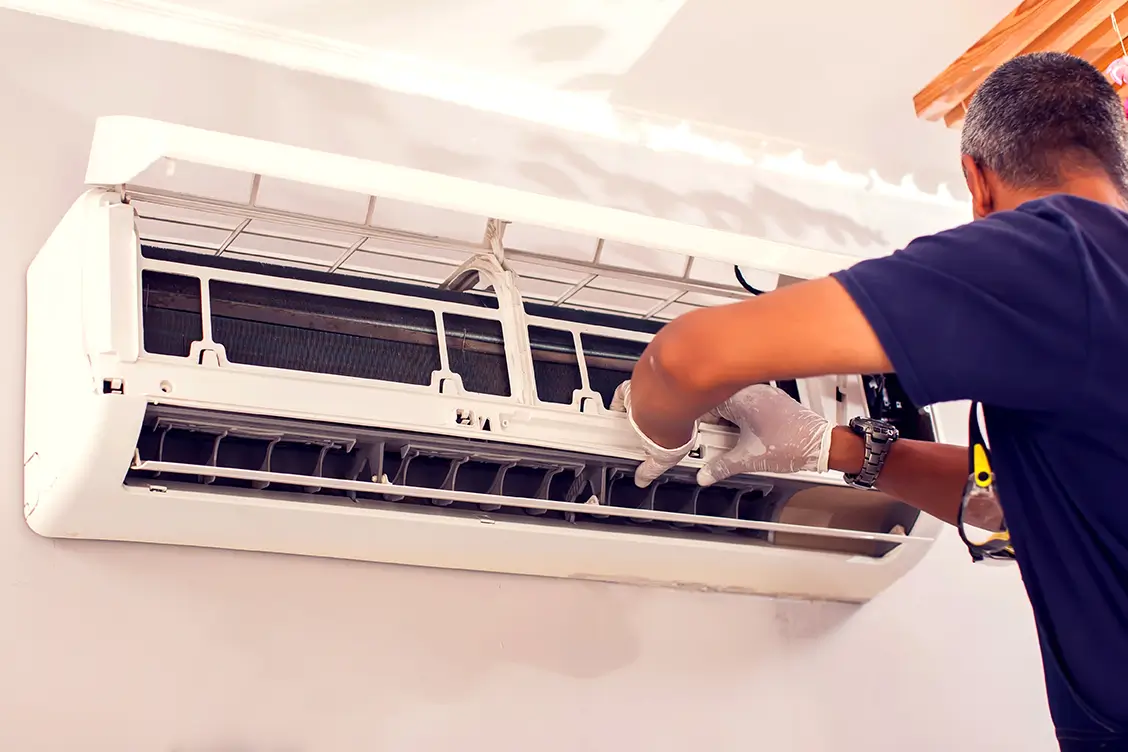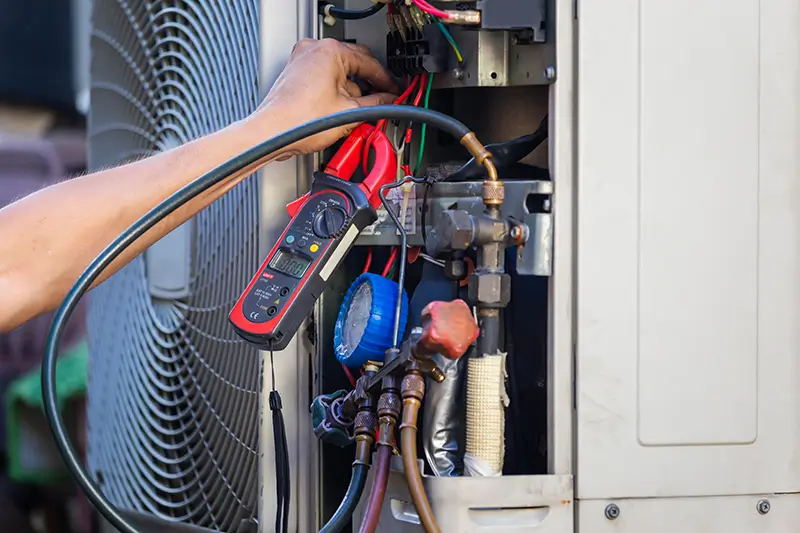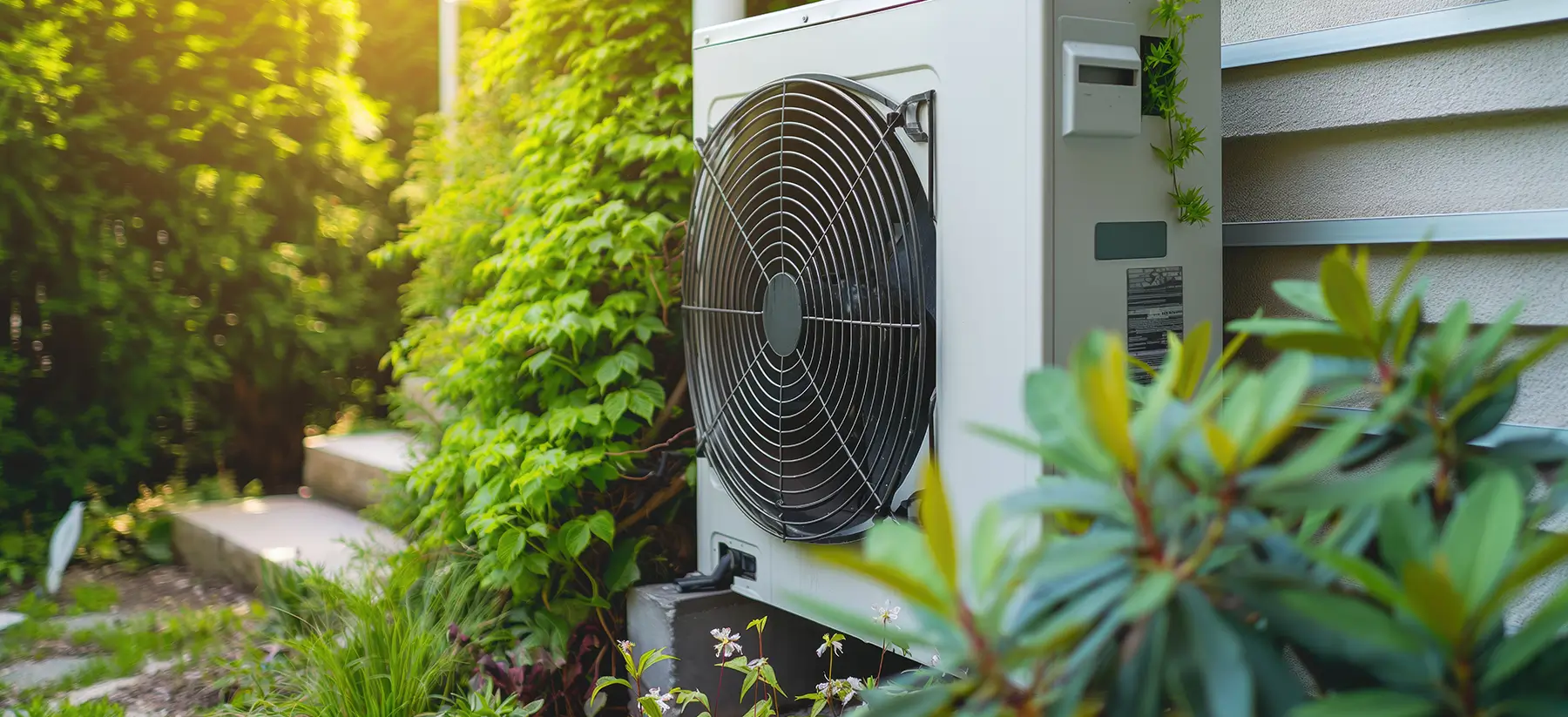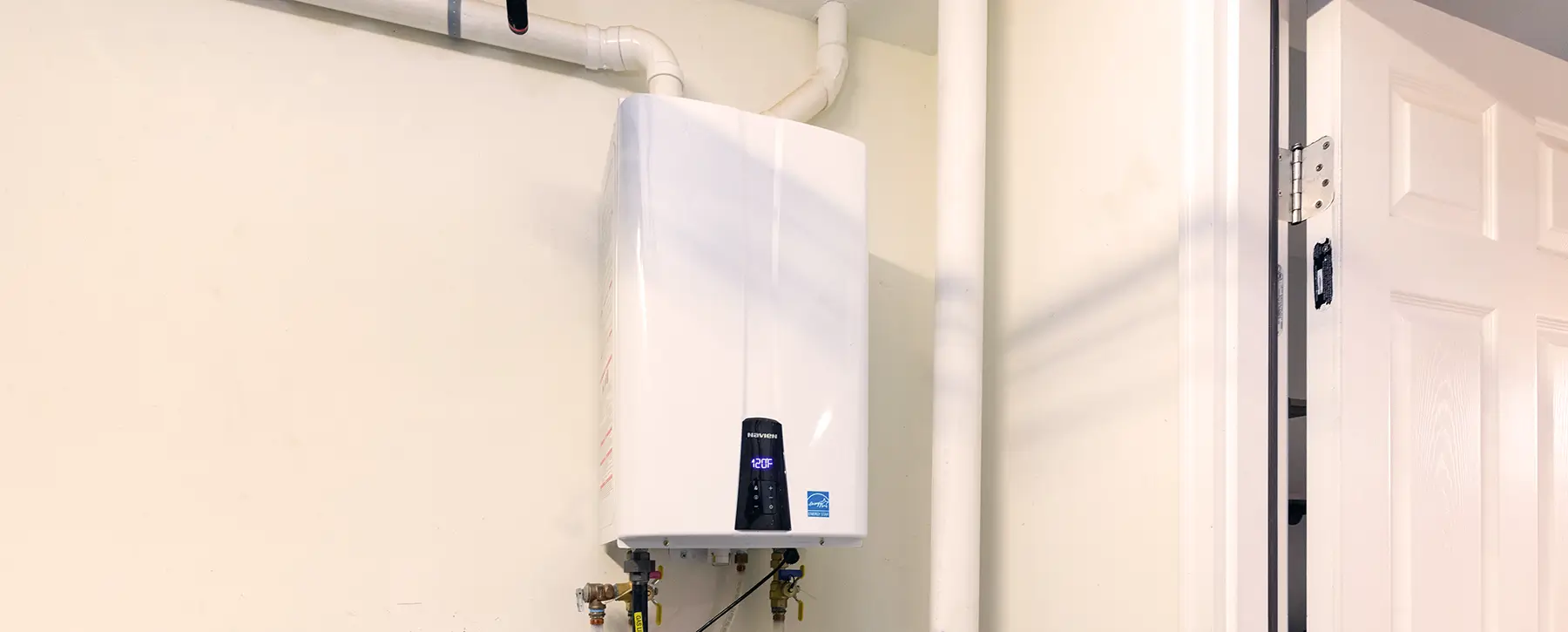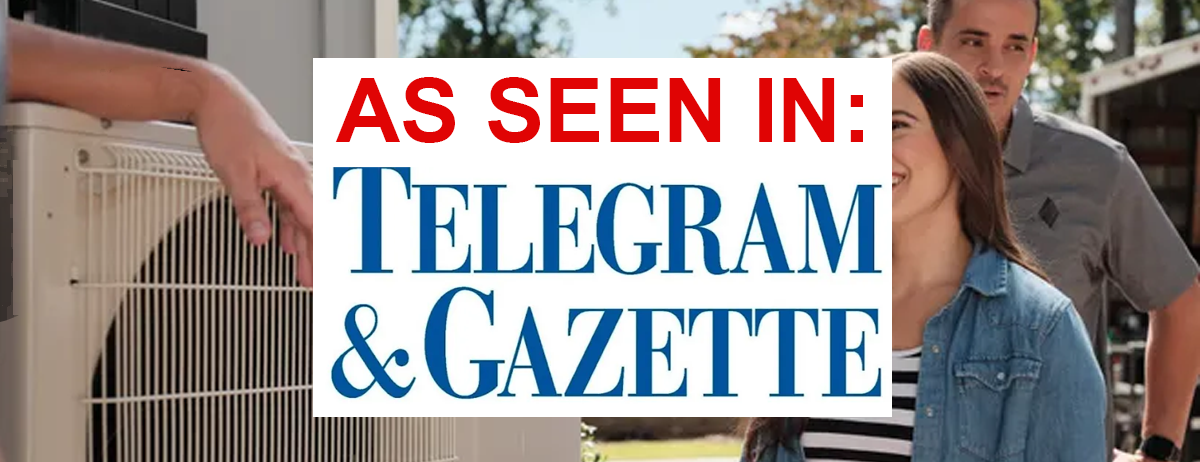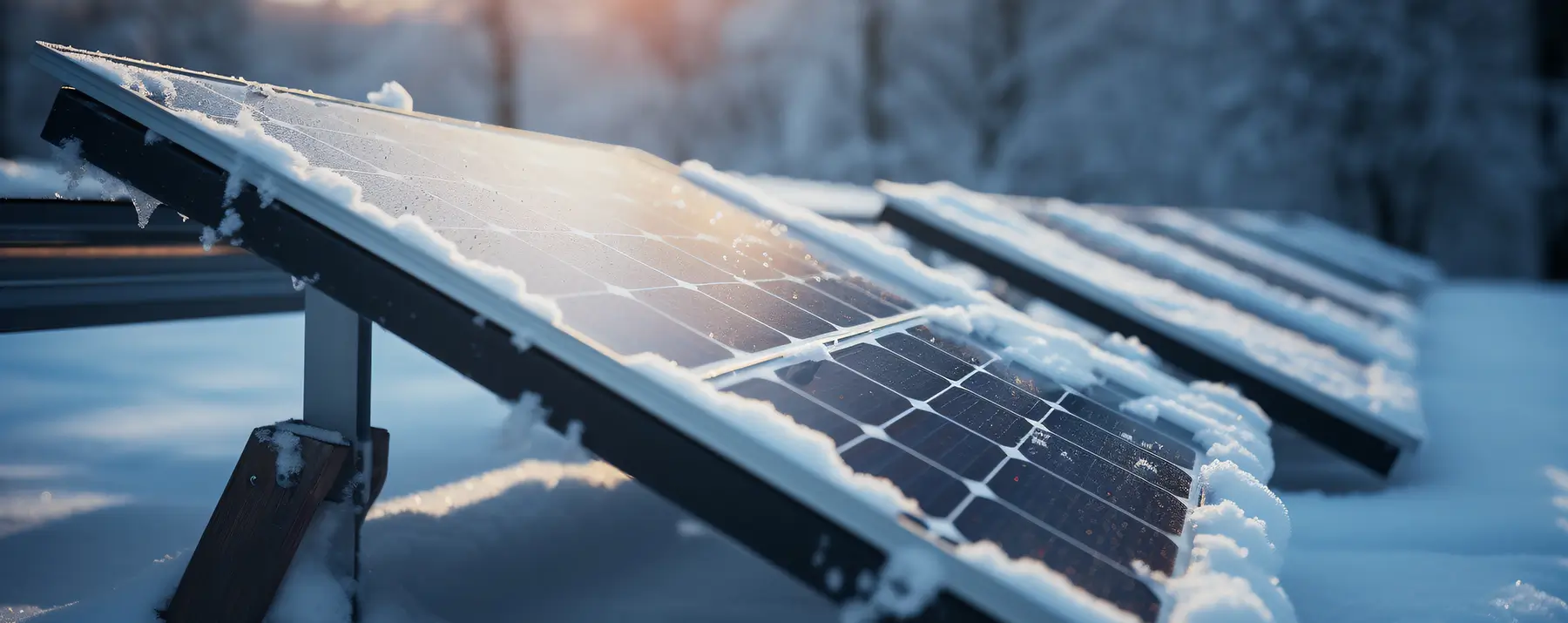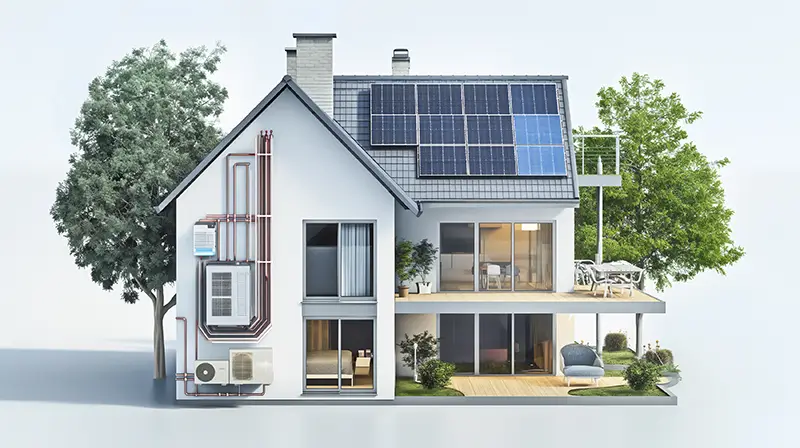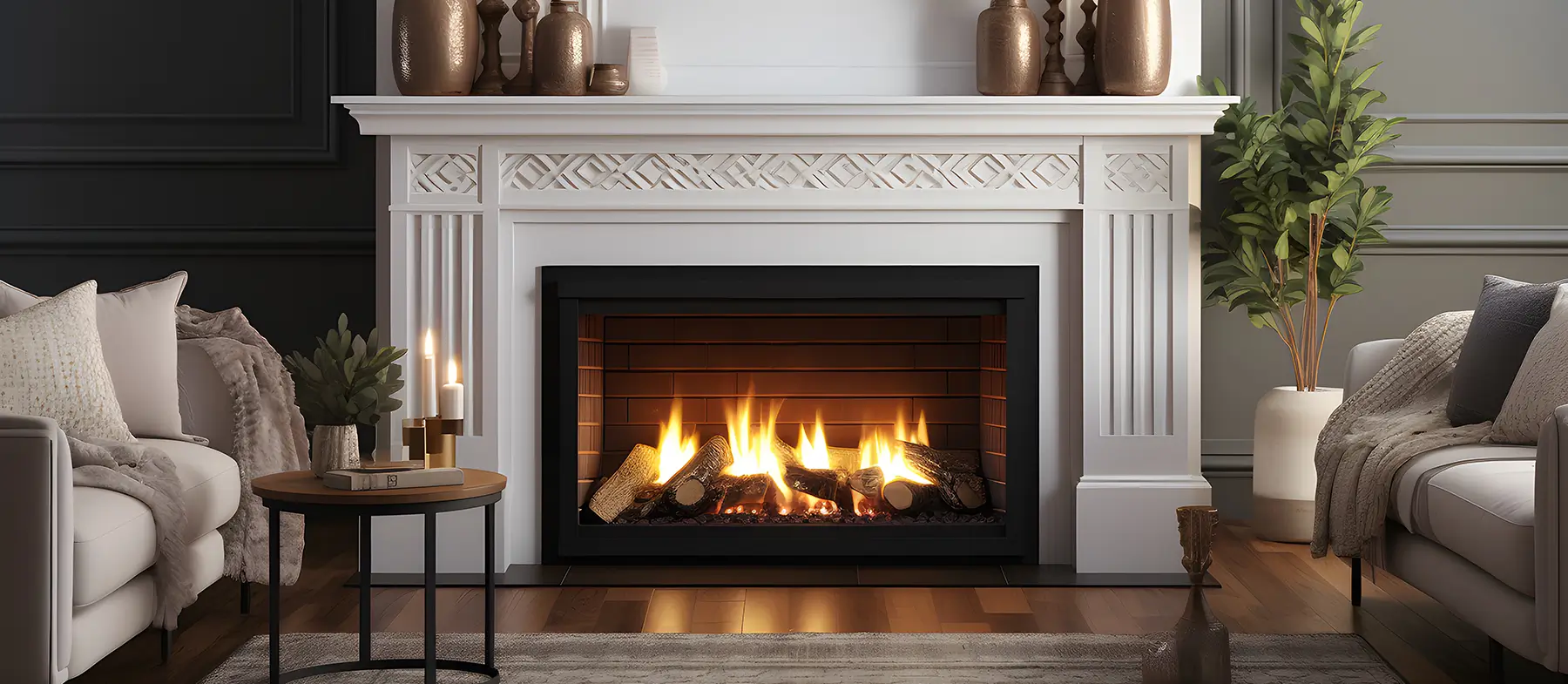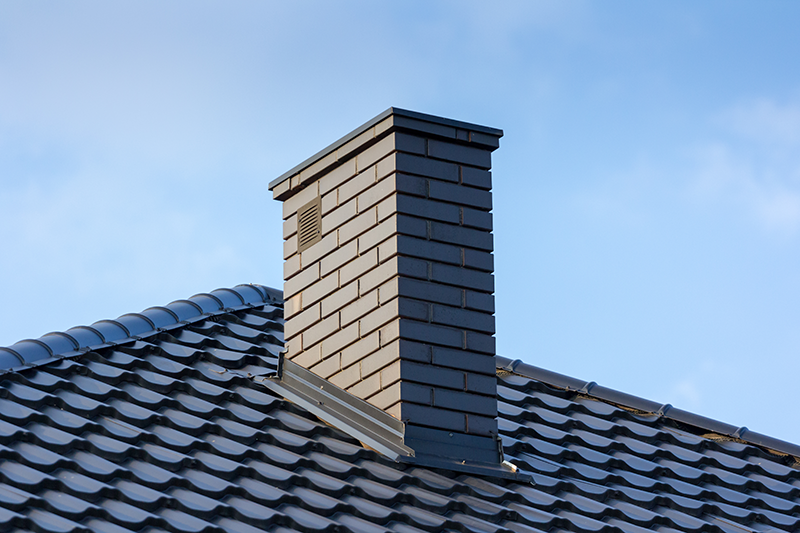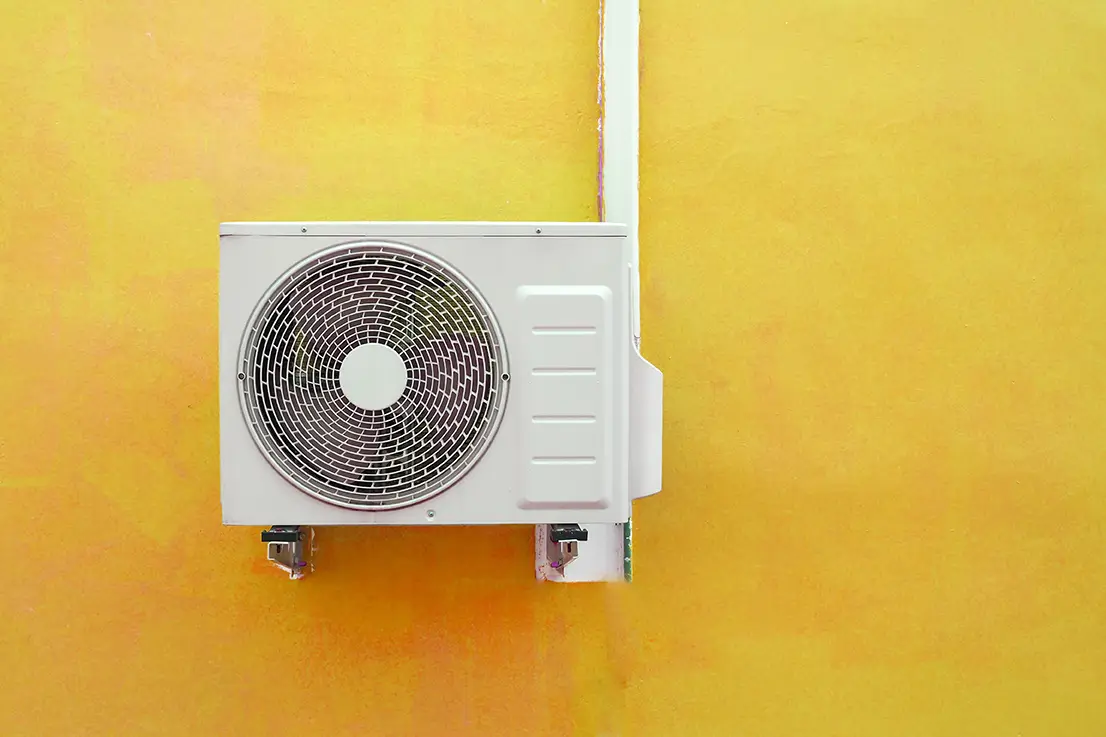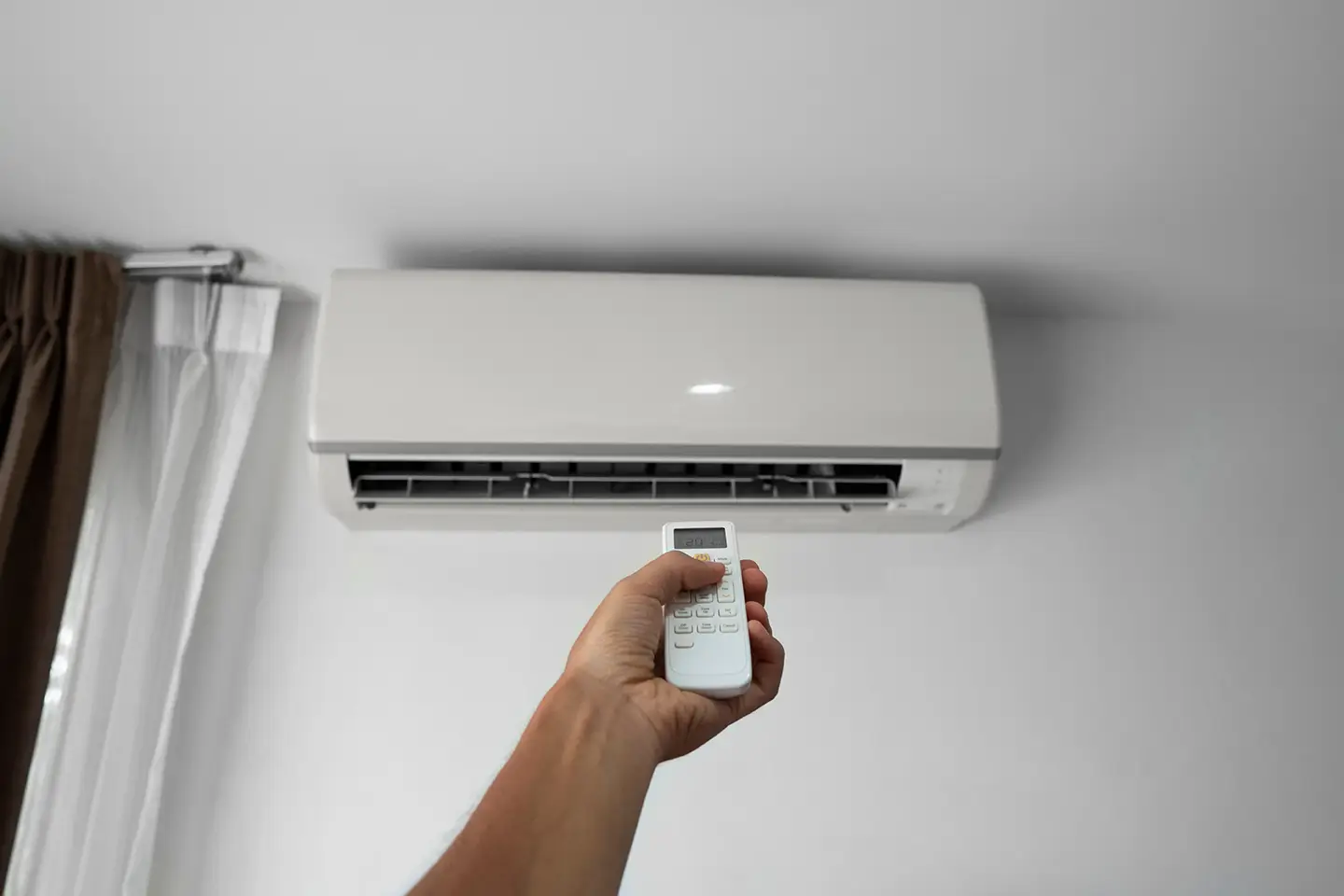Upgrading your heat pump can be a significant decision if your current system still functions. However, technological advancements over the past 20 years have led to remarkable efficiency, comfort, and environmental benefits.
Older heat pumps typically have lower SEER (Seasonal Energy Efficiency Ratio) and HSPF (Heating Seasonal Performance Factor) ratings, leading to higher energy consumption and operating costs. Modern mini-splits offer SEER ratings up to 30 and HSPF ratings above 10, making them far more efficient.
This section will explore efficiency improvements, technological differences, and key signs indicating it might be time to upgrade to a modern mini-split system.
Table of Contents
Efficiency Improvements Over the Past 20 Years

Heat pumps have seen significant efficiency improvements in the last two decades. Older models often had lower SEER (Seasonal Energy Efficiency Ratio) and HSPF (Heating Seasonal Performance Factor) ratings, resulting in higher energy consumption. Modern mini-splits can offer SEER ratings of up to 30 and HSPF ratings above 10, a considerable improvement over the older systems that typically range between 8-14 SEER and 6-8 HSPF. Upgrading to a newer system can lead to immediate and substantial reductions in energy bills.
Technological Differences Between Old and New Heat Pumps
The technological gap between older and newer heat pumps is vast. Older models often relied on single-speed compressors, which operated at full capacity, leading to frequent cycling and higher energy consumption. In contrast, modern mini-splits use variable speed or inverter-driven compressors that adjust their speed to meet the space’s precise heating or cooling needs. This results in quieter operation, more consistent temperatures, and lower energy usage.
Should You Replace a 20-Year-Old Heat Pump?
If your heat pump is over 20 years old, it’s likely operating at a fraction of the efficiency of modern systems. Here are a few indicators that suggest it might be time for an upgrade:
- Rising Energy Bills: If your energy bills have been steadily increasing despite no significant changes in usage, an outdated heat pump could be to blame.
- Frequent Repairs: Replacement may be more cost-effective than continued maintenance if your system requires frequent repairs or has experienced significant component failures.
- Inconsistent Heating and Cooling: Uneven temperatures across different rooms or zones can indicate that your heat pump is struggling to meet the demands of your home.
Benefits of Upgrading to a Modern Mini-Split

- Enhanced Energy Efficiency: Enjoy significant energy savings with high SEER and HSPF ratings.
- Improved Comfort: Variable speed compressors and zone control ensure consistent, comfortable temperatures.
- Smart Technology Integration: Control your system remotely and let it learn your preferences for optimal performance.
- Environmentally Friendly: Reduced energy consumption and eco-friendly refrigerants minimize your carbon footprint.
Final Thoughts on Upgrading
Replacing a 20-year-old heat pump with a modern mini-split system can revolutionize your home’s heating and cooling efficiency. The initial investment is quickly offset by the savings on energy bills and reduced maintenance costs. Moreover, the improved comfort, air quality, and environmental benefits make upgrading a smart choice for homeowners looking to future-proof their climate control solutions.
Conclusion
Modern mini-splits are leading the way in home climate control with their advanced features and high efficiency. If your current system is outdated or underperforming, upgrading to a new mini-split system can provide immediate benefits in comfort, cost savings, and sustainability.

